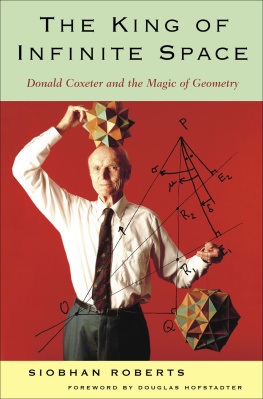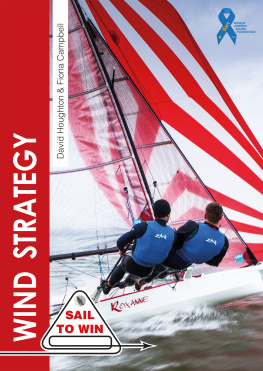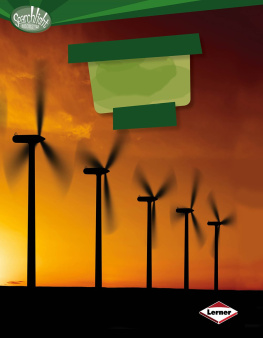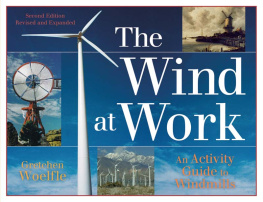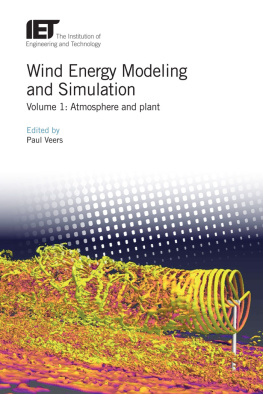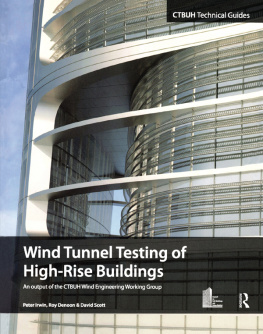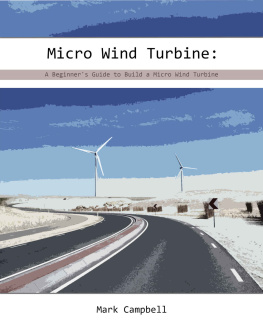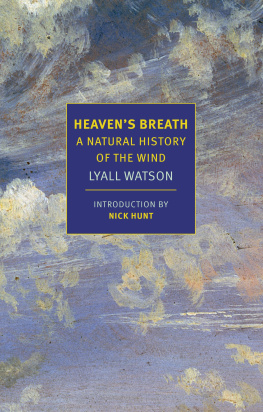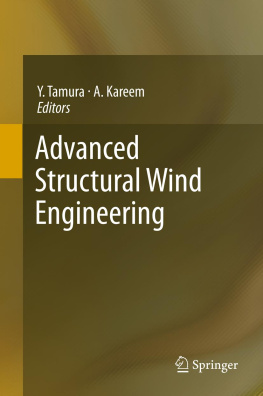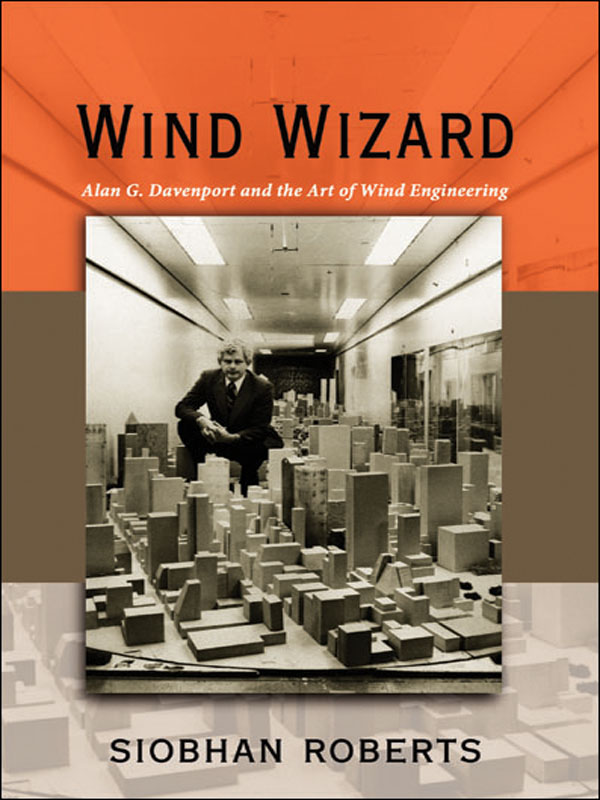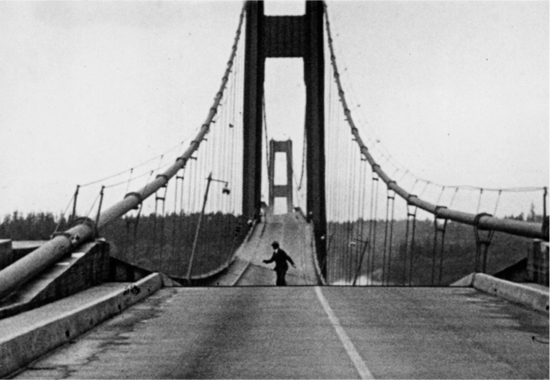Siobhan Roberts - Wind Wizard: Alan G. Davenport and the Art of Wind Engineering
Here you can read online Siobhan Roberts - Wind Wizard: Alan G. Davenport and the Art of Wind Engineering full text of the book (entire story) in english for free. Download pdf and epub, get meaning, cover and reviews about this ebook. year: 2012, publisher: Princeton University Press, genre: Romance novel. Description of the work, (preface) as well as reviews are available. Best literature library LitArk.com created for fans of good reading and offers a wide selection of genres:
Romance novel
Science fiction
Adventure
Detective
Science
History
Home and family
Prose
Art
Politics
Computer
Non-fiction
Religion
Business
Children
Humor
Choose a favorite category and find really read worthwhile books. Enjoy immersion in the world of imagination, feel the emotions of the characters or learn something new for yourself, make an fascinating discovery.

- Book:Wind Wizard: Alan G. Davenport and the Art of Wind Engineering
- Author:
- Publisher:Princeton University Press
- Genre:
- Year:2012
- Rating:4 / 5
- Favourites:Add to favourites
- Your mark:
Wind Wizard: Alan G. Davenport and the Art of Wind Engineering: summary, description and annotation
We offer to read an annotation, description, summary or preface (depends on what the author of the book "Wind Wizard: Alan G. Davenport and the Art of Wind Engineering" wrote himself). If you haven't found the necessary information about the book — write in the comments, we will try to find it.
With Wind Wizard, Siobhan Roberts brings us the story of Alan Davenport (1932-2009), the father of modern wind engineering, who investigated how wind navigates the obstacle course of the earths natural and built environments--and how, when not properly heeded, wind causes buildings and bridges to teeter unduly, sway with abandon, and even collapse.
In 1964, Davenport received a confidential telephone call from two engineers requesting tests on a pair of towers that promised to be the tallest in the world. His resulting wind studies on New Yorks World Trade Center advanced the art and science of wind engineering with one pioneering innovation after another. Establishing the first dedicated boundary layer wind tunnel laboratory for civil engineering structures, Davenport enabled the study of the atmospheric region from the earths surface to three thousand feet, where the air churns with turbulent eddies, the average wind speed increasing with height. The boundary layer wind tunnel mimics these windy marbled striations in order to test models of buildings and bridges that inevitably face the wind when built. Over the years, Davenports revolutionary lab investigated and improved the wind-worthiness of the worlds greatest structures, including the Sears Tower, the John Hancock Tower, Shanghais World Financial Center, the CN Tower, the iconic Golden Gate Bridge, the Bronx-Whitestone Bridge, the Sunshine Skyway, and the proposed crossing for the Strait of Messina, linking Sicily with mainland Italy.
Chronicling Davenports innovations by analyzing select projects, this popular-science book gives an illuminating behind-the-scenes view into the practice of wind engineering, and insight into Davenports steadfast belief that there is neither a structure too tall nor too long, as long as it is supported by sound wind science.
Siobhan Roberts: author's other books
Who wrote Wind Wizard: Alan G. Davenport and the Art of Wind Engineering? Find out the surname, the name of the author of the book and a list of all author's works by series.


